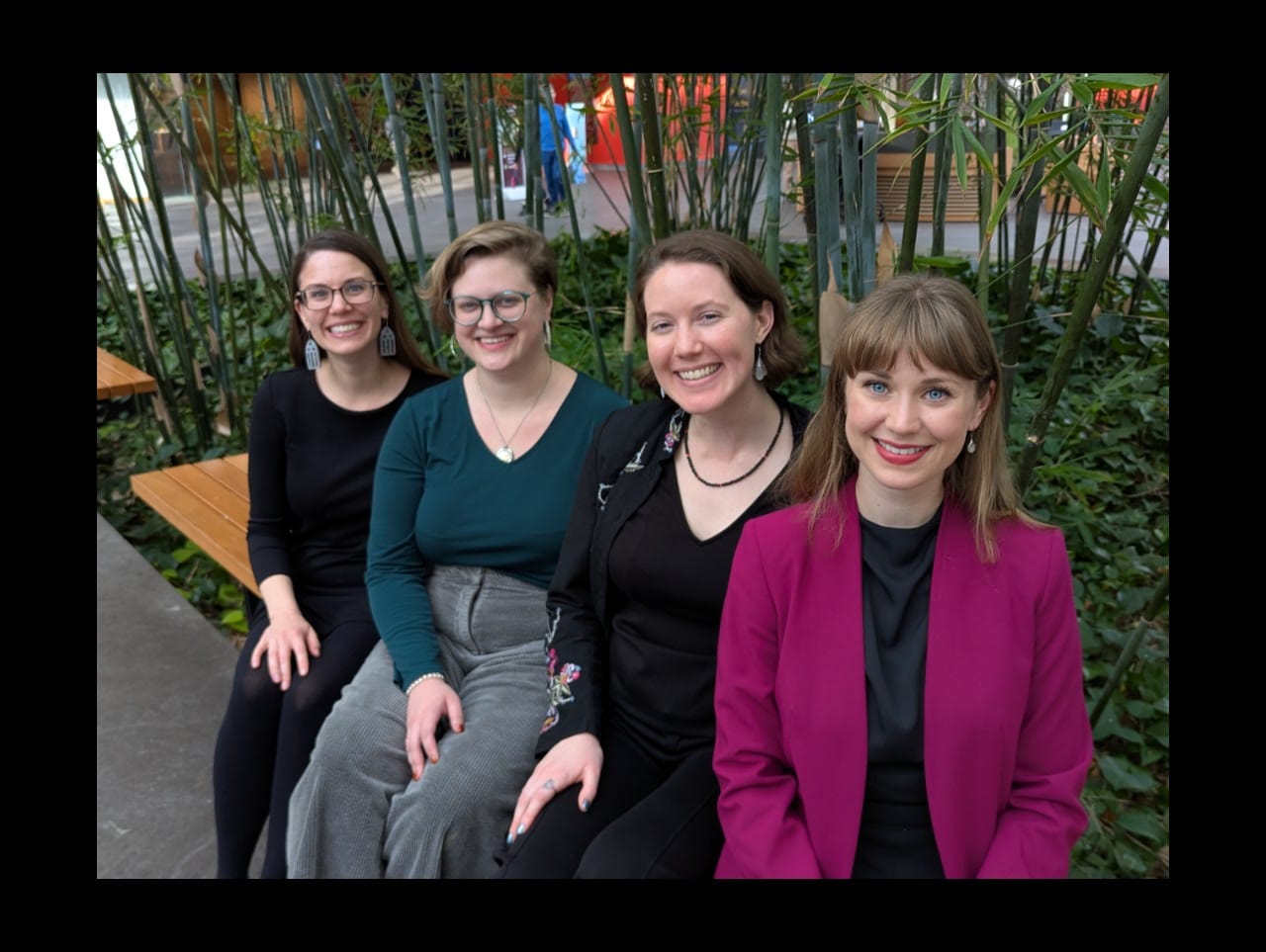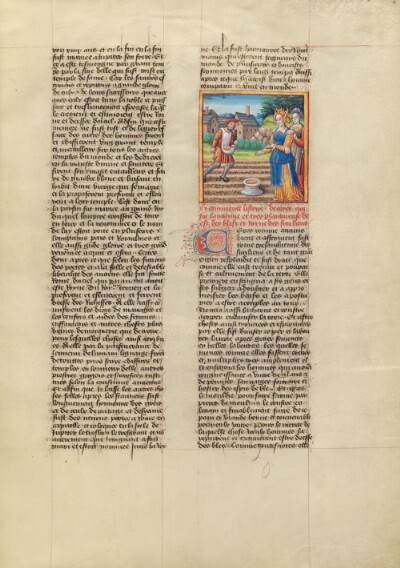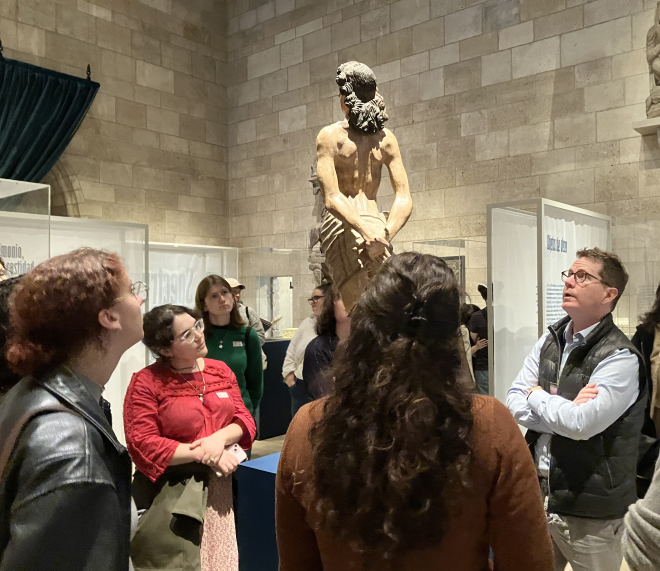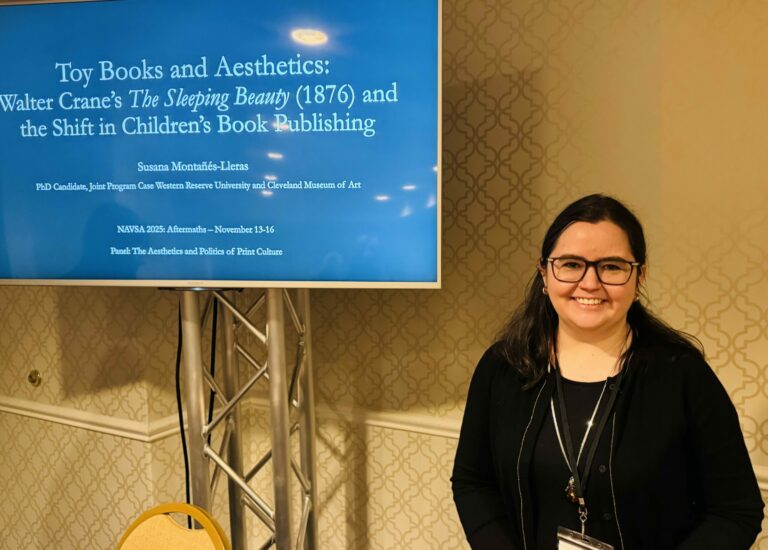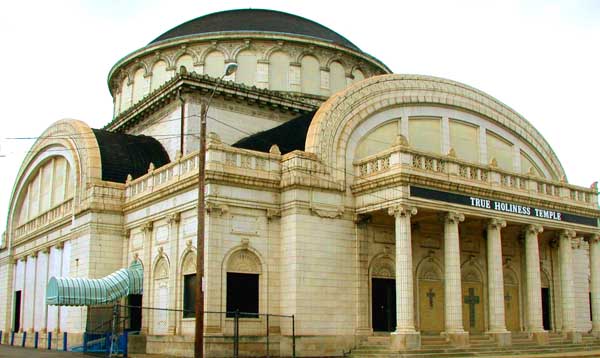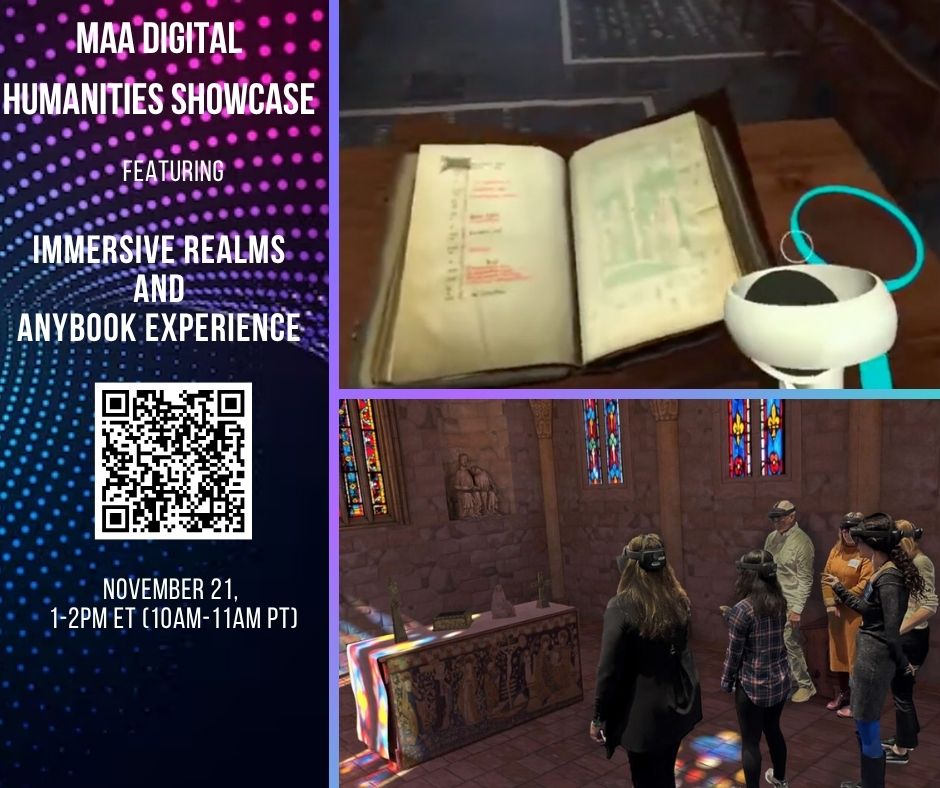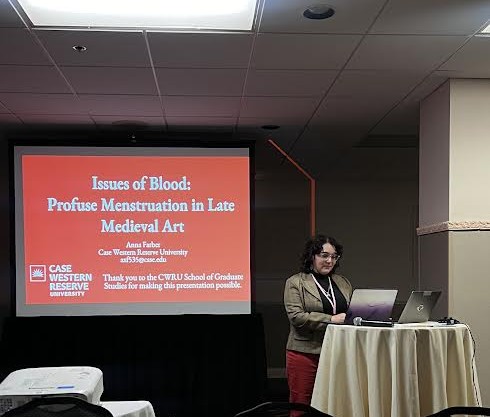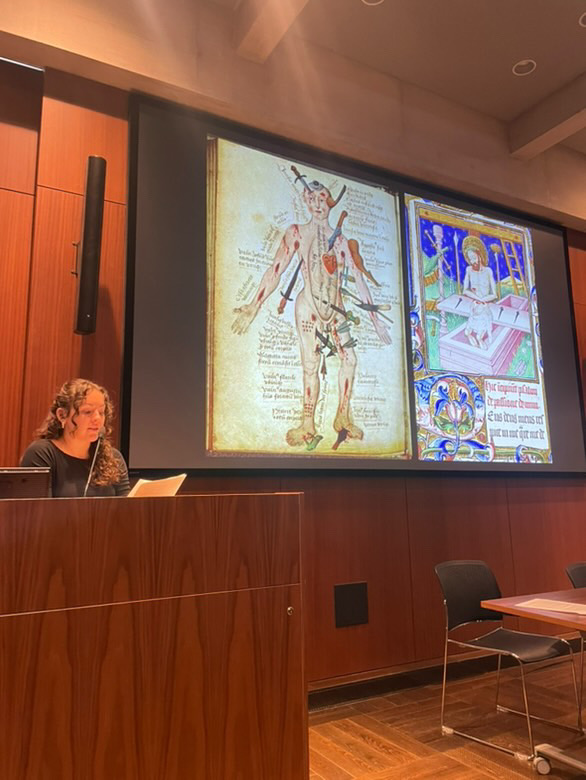Elizabeth S. Bolman
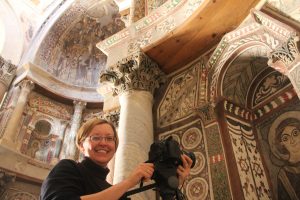 Elizabeth S. Bolman is Chair of the Department of Art History and Art, and Elsie B. Smith Chair in the Liberal Arts. She engages with the visual culture of the eastern Mediterranean in the late ancient and Byzantine periods. Professor Bolman is best known for her work in Egypt, in which she has demonstrated the vitality of Christian Egyptian art and a new understanding of the nature of artistic production there in the early Byzantine period. She edited and was the principal contributor to the award-winning Monastic Visions: Wall Paintings in the Monastery of St. Antony at the Red Sea (Yale University Press and the American Research Center in Egypt, 2002) and to The Red Monastery Church: Beauty and Asceticism in Upper Egypt (Yale University Press and the American Research Center in Egypt, 2016). This recent book is the product of over a decade-long multidisciplinary project that she founded and directed, which included cleaning and conservation of the Red Monastery’s spectacular paintings. She is the recipient of fellowships and grants from the Guggenheim Foundation, Fulbright program, National Endowment for the Humanities, Dumbarton Oaks, American Research Center in Egypt, and United States Agency for International Development.
Elizabeth S. Bolman is Chair of the Department of Art History and Art, and Elsie B. Smith Chair in the Liberal Arts. She engages with the visual culture of the eastern Mediterranean in the late ancient and Byzantine periods. Professor Bolman is best known for her work in Egypt, in which she has demonstrated the vitality of Christian Egyptian art and a new understanding of the nature of artistic production there in the early Byzantine period. She edited and was the principal contributor to the award-winning Monastic Visions: Wall Paintings in the Monastery of St. Antony at the Red Sea (Yale University Press and the American Research Center in Egypt, 2002) and to The Red Monastery Church: Beauty and Asceticism in Upper Egypt (Yale University Press and the American Research Center in Egypt, 2016). This recent book is the product of over a decade-long multidisciplinary project that she founded and directed, which included cleaning and conservation of the Red Monastery’s spectacular paintings. She is the recipient of fellowships and grants from the Guggenheim Foundation, Fulbright program, National Endowment for the Humanities, Dumbarton Oaks, American Research Center in Egypt, and United States Agency for International Development.
Recent Department News
We are delighted to announce that Zoe Appleby, Rebekkah Hart, Cecily Hughes, and Madeline Newquist defended their dissertation prospectuses with flying colors! Materiality and environment clearly rule the day here. Zoe's dissertation is provisionally titled "Earth, Water, Gems, and Lava: Eco-Materiality and Environmental Agency in the Medieval Mediterranean," while...
Adriel Meyer OAEA Outstanding Art Teacher Award
Congratuations to Art Studio instructor Adriel Meyer was recently awarded OAEA Outstanding Art Teacher Award at the OAEA annual conference in Columbus, Ohio.
Google Arts and Culture Page Live
A Google Arts & Culture digital exhibition focusing on the Getty Museum's Department of Manuscripts's first acquisition to include a female author was recently made its premier. The piece was written by PhD candidate in medieval art and Mellon Fellow Reed O'Mara. The manuscript is from the late fifteenth/early sixteenth...
Congratulations to Rebekkah Hart, a fourth-year PhD student in medieval art, who received the Schallek Fellowship from the Medieval Academy of America! This extremely competitive year-long fellowship will underwrite her dissertation research in the UK. Rebekkah is now interning at the Getty's Sculpture & Decorative Arts curatorial department.
Grad medievalists travel to NYC
This past weekend, a group of medieval art students traveled with Professor Gertsman to New York City to see several incredible shows at the Metropolitan Museum of Art, Morgan Library, and the Grolier Club! We were fortunate enough to get a guided tour of the Met Cloisters new special...
Congratulations to Madalyn Fox, second-year MA student in contemporary art and museum studies, who presented her paper, “Slabs, Seams, and Survival: Rose B. Simpson’s Symbiotic Claywork,” at the 2025 University of Kansas History of Art Graduate Student Symposium. This year’s theme, “Symbiosis: Art and Ecologies in Global Perspectives,” brought together MA...
Congratulations to Susana Montañés-Lleras!
Congratulations to doctoral candidate Susana Montañés-Lleras, who recently presented two brilliant papers adapted from her doctoral dissertation at two leading interdisciplinary and international conferences! At the Victorian Interdisciplinary Studies Association of the Western United States annual conference, held at Saint Louis University, October 3-5, Susana delivered a talk titled,...
Congratulations to MA Candidate Alexandru Zaharia, whose essay about the Church of God and True Holiness was recently published in Facade! Alexandru's building history of this extraordinary Cleveland gem is the result of research undertaken during his summer practicum in the Publicly Engaged Humanities at the Cleveland Restoration Society. 2025.11.15...
Please join us for the Digital Humanities Showcase on November 21, at 1 pm, for a presentation/discussion of Prof. Elina Gertsman’s Immersive Realms project, followed by the AnyBook Experience project helmed by Sabina Zonno and Lynn Dodd at USC! As part of the celebrations for the MAA’s Centennial Year, the Digital Humanities and Multimedia Studies Committee and the Graduate Student Committee have partnered to organize a year-long series of webinars showcasing exciting DH projects. Register here or use the QR code on the flyer.
Congratulations to Anna Farber, a first-year MA student in medieval art, who presented her paper “Issues of Blood: Profuse Menstruation in Medieval Art” at the SECAC’s annual conference, held this year in Cincinnati. The session, “Tidal Flux: The Representation of Menstrual Periods in Art,” featured both art historians and practicing artists who examined menstruation’s often-unexplored impact on the visual record. While at the conference, Anna had the opportunity to visit several Cincinnati arts institutions, including the Cincinnati Museum of Art, and meet colleagues from all over the world to discuss common issues facing our field. We look forward to Anna’s paper at the Cleveland Symposium this Friday!
Claudia Haines presents at the Warburg
Congratulations to Claudia Haines, third-year PhD student in medieval art, who recently traveled to London to present her paper “Suffering and Salvation: The ‘Wound Man’ Iconography in Late Medieval Medical Manuscripts” at the international symposium “‘As stiffe twin compasses’: Allegory and Sciences, 1300–1700,” held at the Warburg Institute on October 24–25. The two-day event brought together scholars from across Europe and North America to explore how allegorical modes shaped—and were shaped by—the emerging disciplines of natural philosophy, astronomy, medicine, and early modern science. During her trip, Claudia had a chance to see several exhibitions of medieval medical manuscripts, the potential focus of her dissertation.

